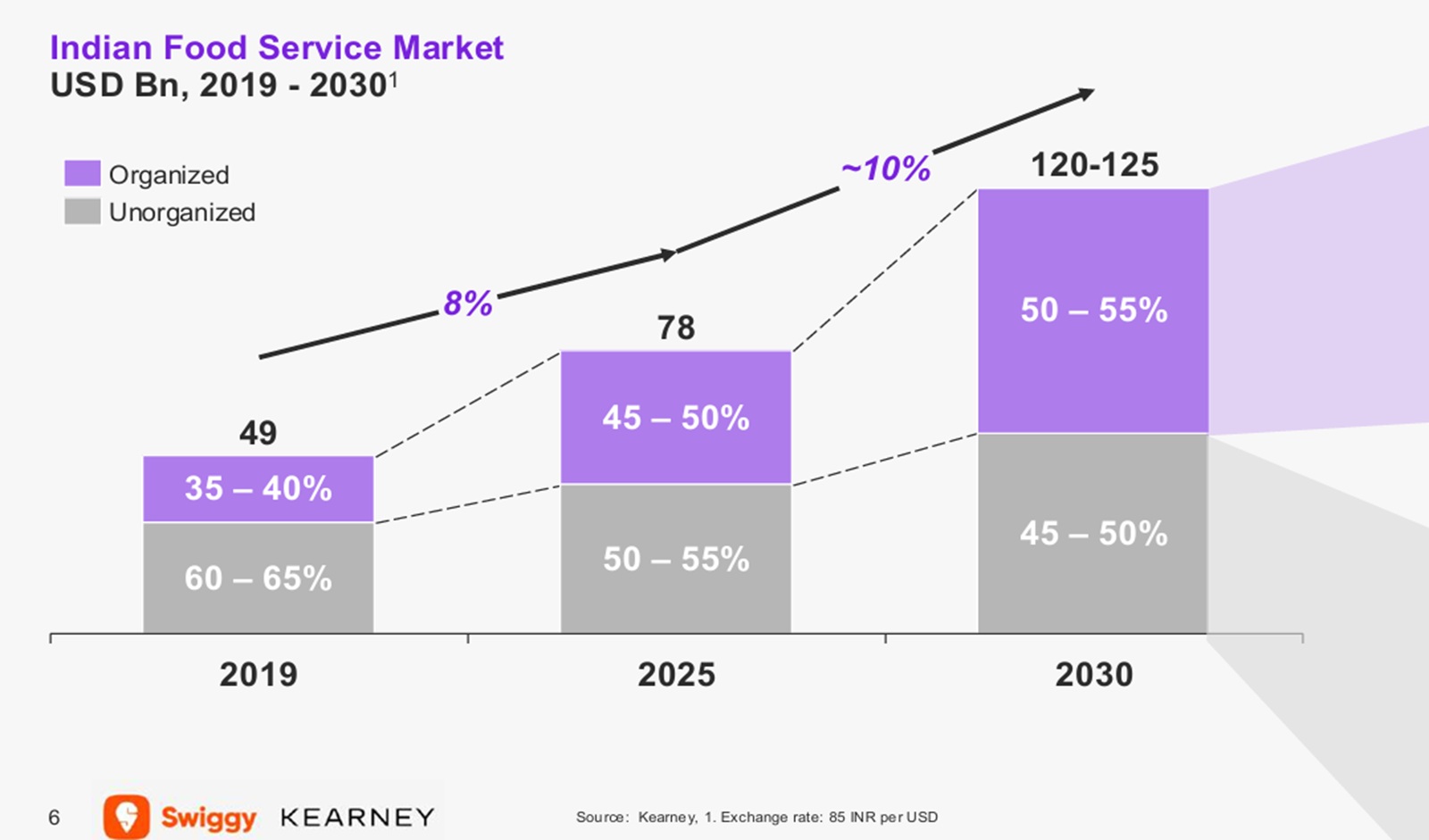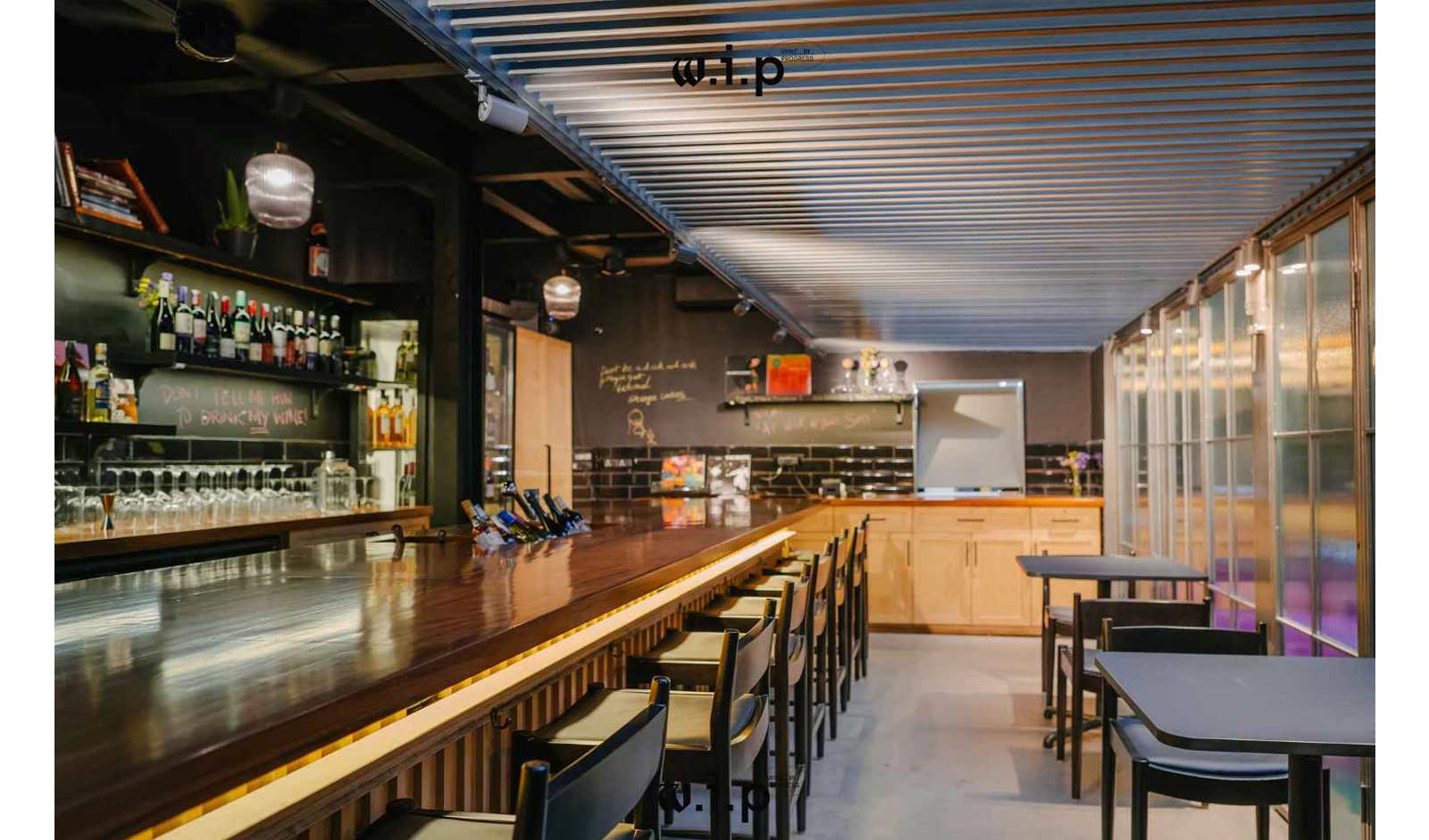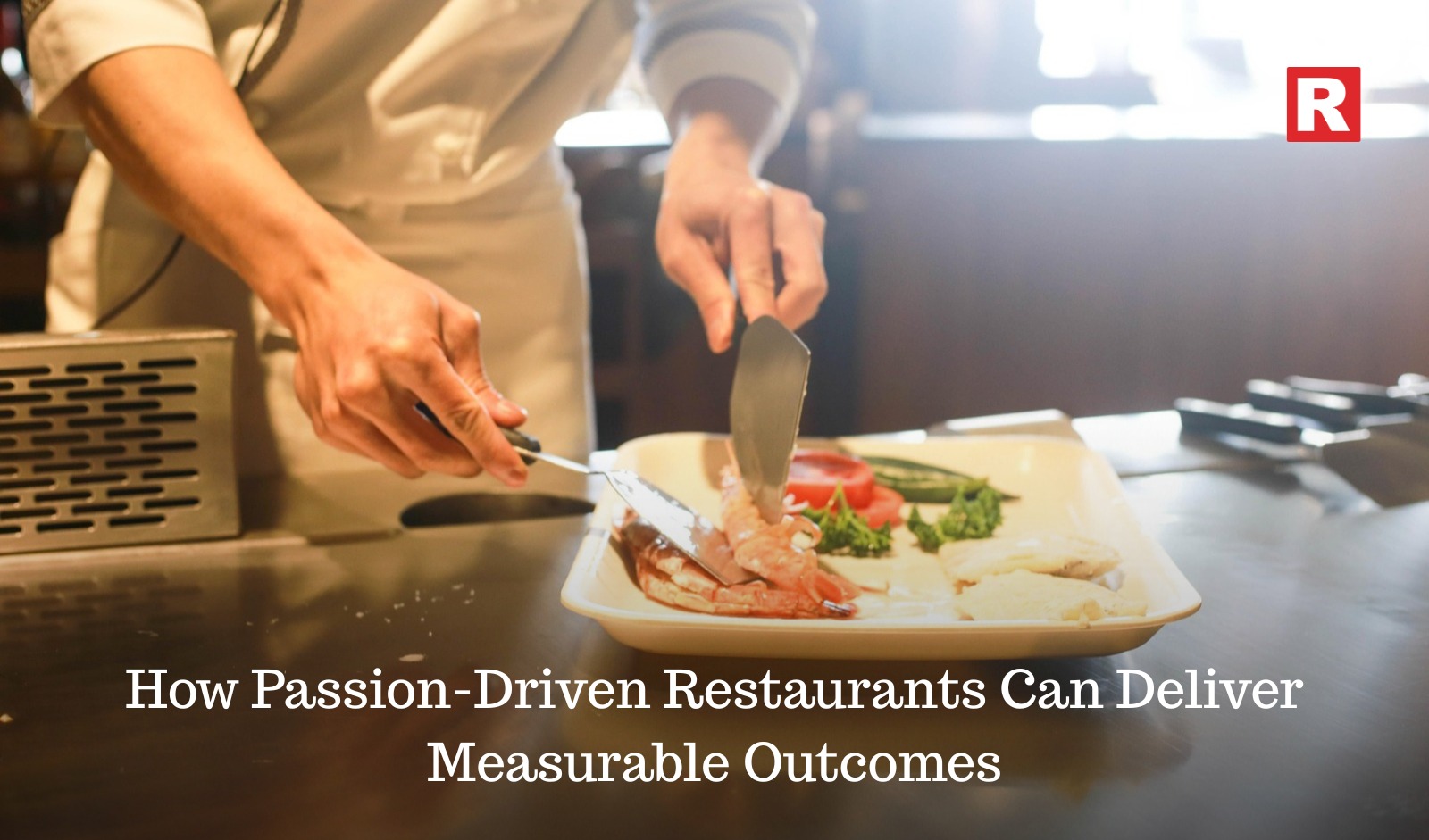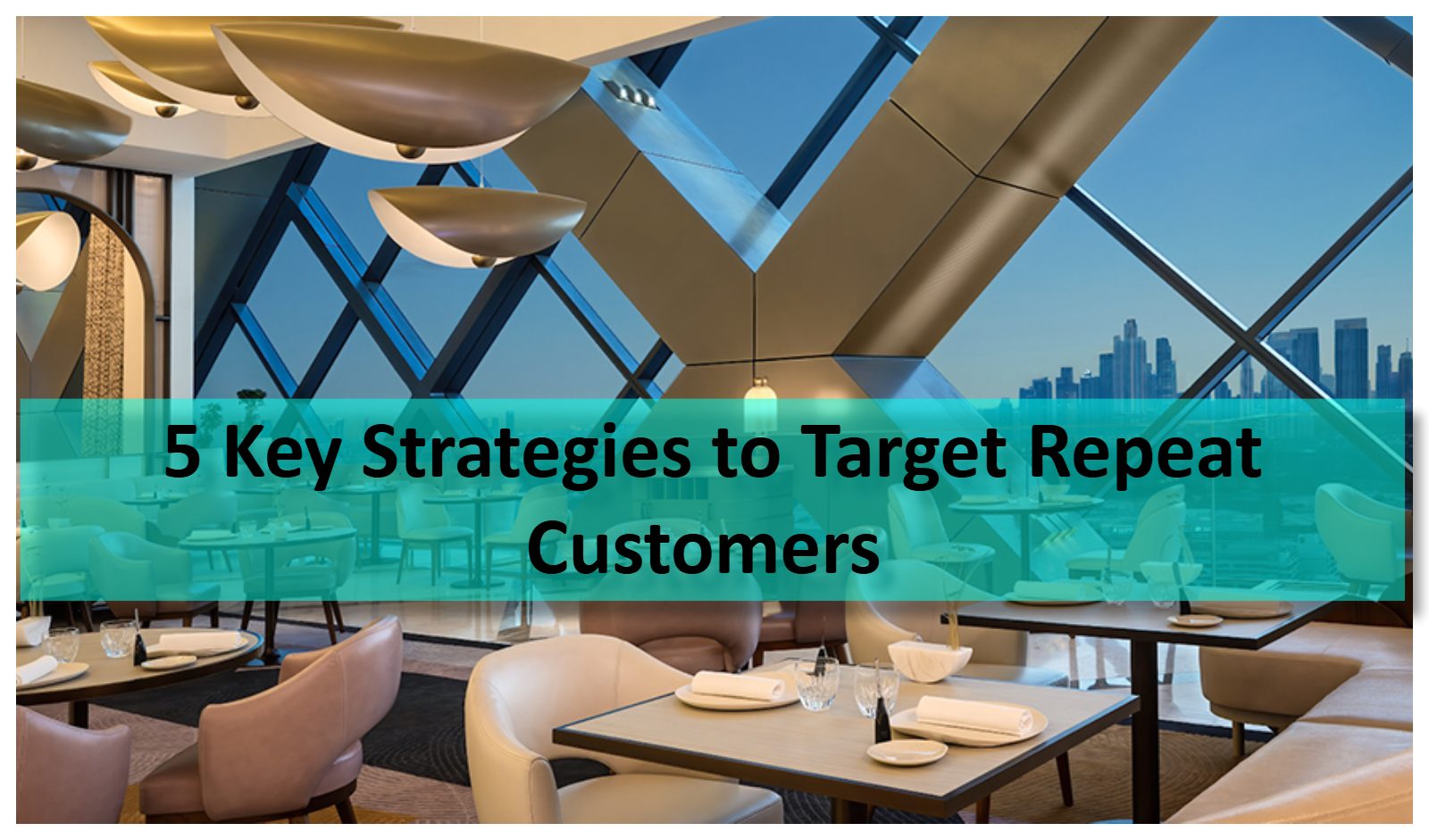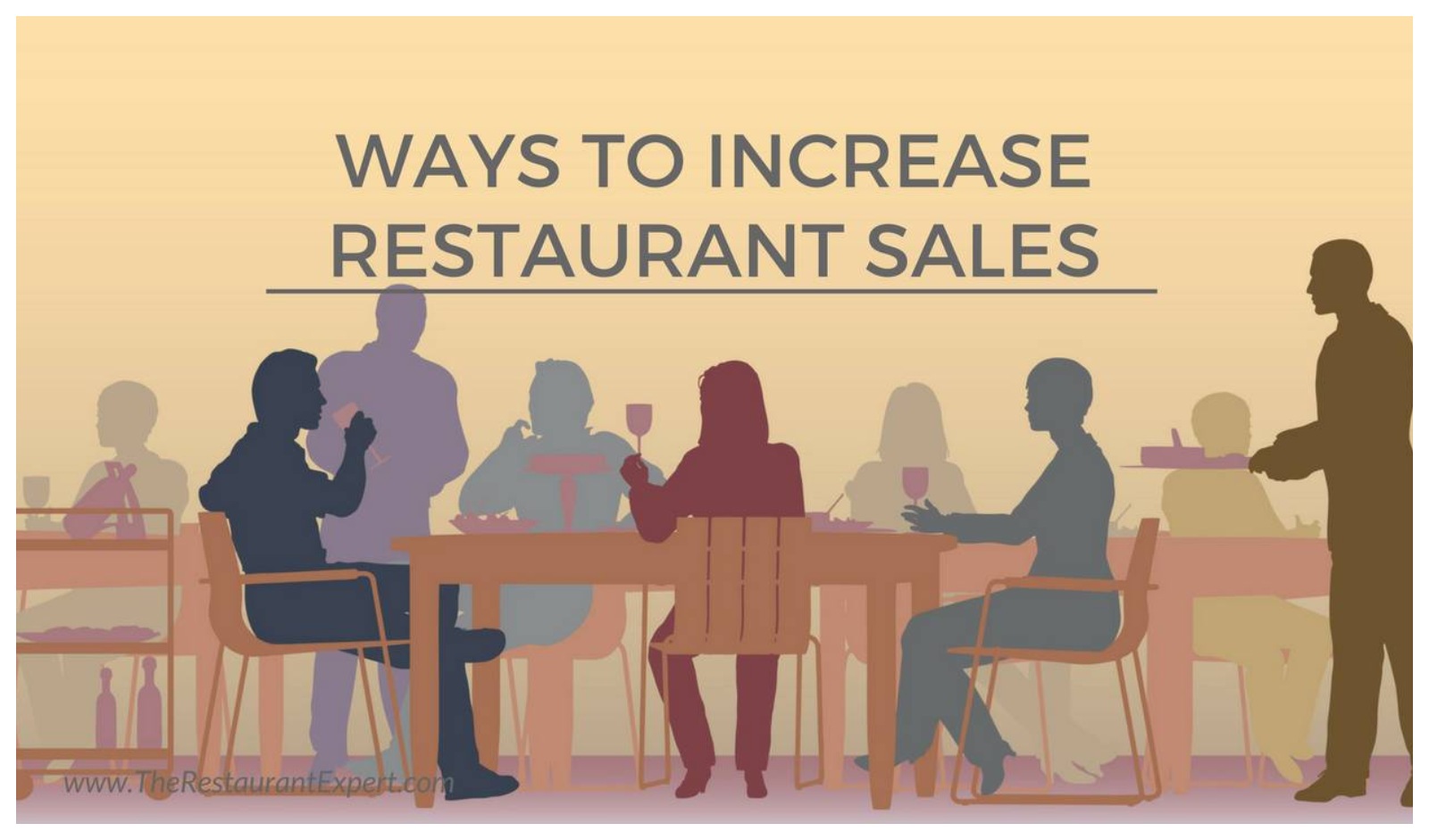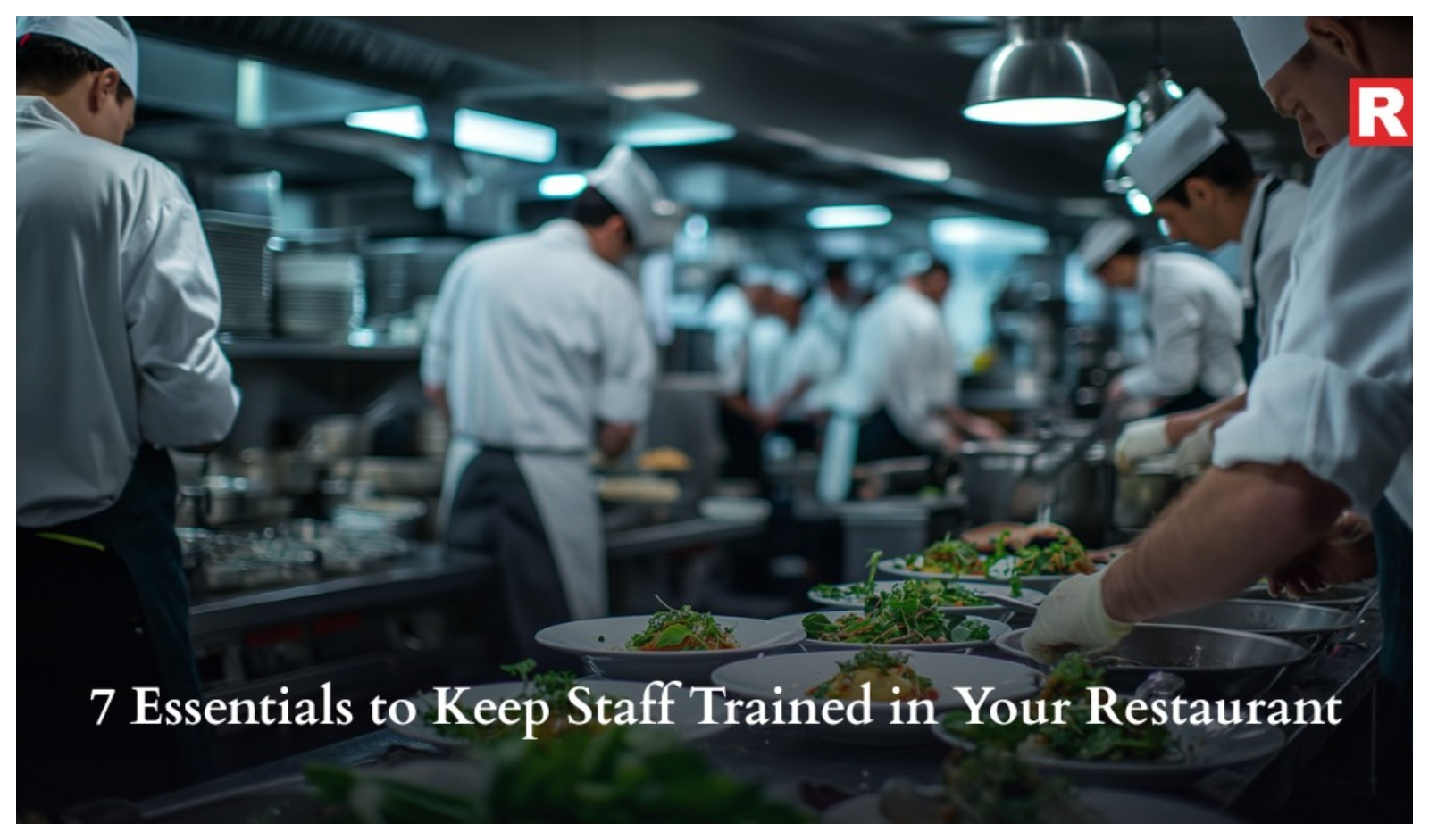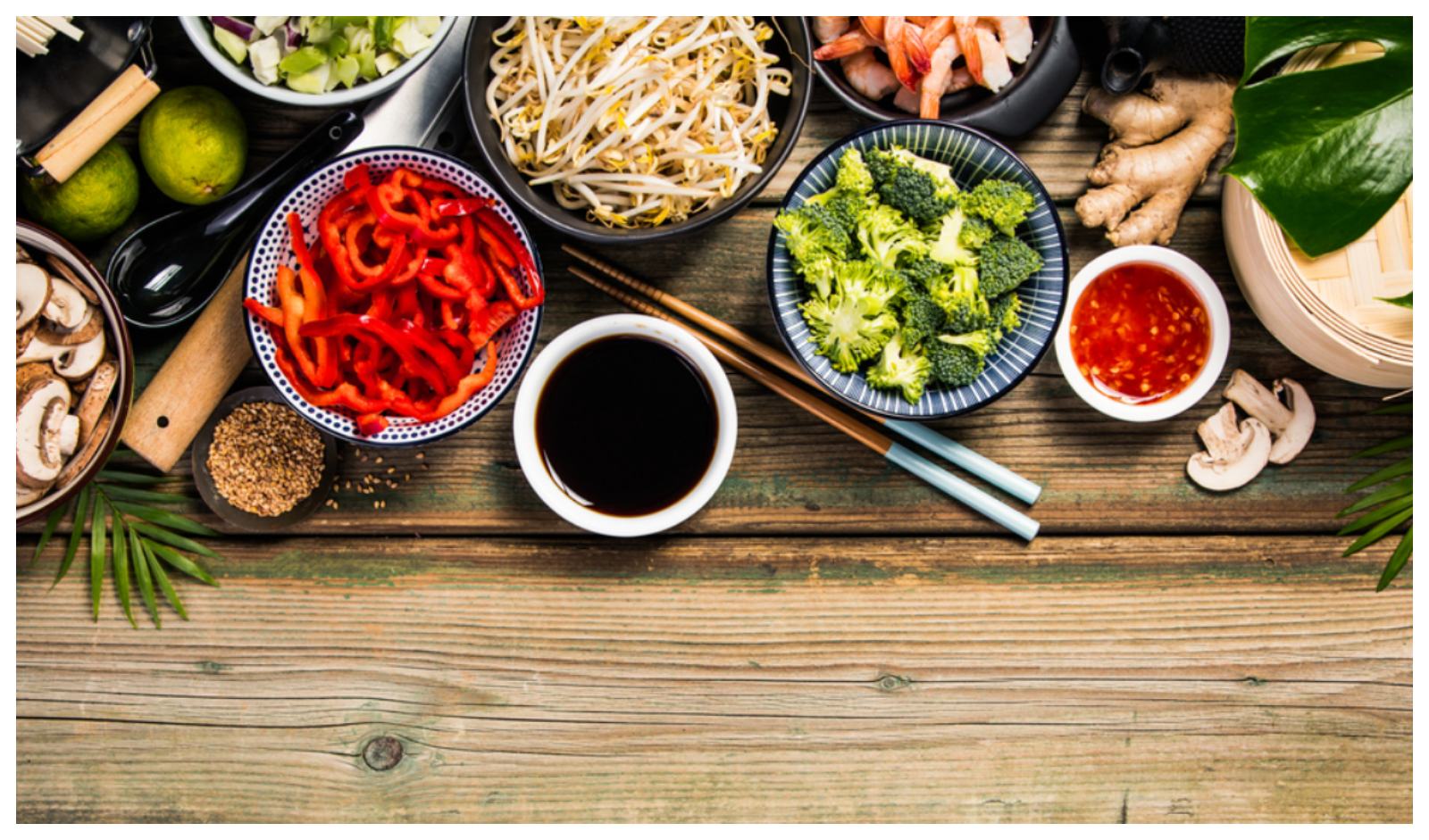What began as a personal passion has today evolved into Namma, a South Indian restaurant rooted in comfort, authenticity and family.
This brings perspectives from investors, homegrown QSR founders, legacy restaurateurs and new-age community-driven café creators to decode the trends…
In the restaurant world, growth capital is no longer just fuel for expansion—it’s a catalyst for transforming good concepts into enduring brands.
Boba Tea and Matcha Tea have seen an 11x and 4x surge in search volumes, respectively, in the last five years.
Instead of chasing volume or footfalls, these compact formats are taking the opposite route by keeping their covers low, service slots restricted,…
Sustainability is now part of the operating model. Kitchens designed to reduce waste, bars that recycle, and partnerships with local producers…
Points-based systems allow customers to earn rewards for each purchase, while tiered rewards create incentives for frequent engagement.
Ankita Poojari, Director and second-generation entrepreneur at the Shiv Sagar Group, shares insights into how the iconic Indian brand has sustained…
In today’s competitive dining scenario, success demands constant innovation, adaptability, and meaningful engagement across every customer touch…
Behind that seamless magic is no accident. It’s a team that’s been trained to anticipate needs, motivated to go the extra mile, and consistent enough…
Single-cuisine concepts can contribute approximately 50 to 65% of dine-in revenue in metro portfolios where specialists dominate new openings.
Franchising not only build a strong brand identity but also helps in successful expansion strategies. Around 30-40% of restaurant businesses are…
The removal of the Delhi Police Eating House License is not just about one less document, it’s about creating the kind of environment where…
Your restaurant’s menu is a powerful marketing tool, a silent salesperson, and a reflection of your brand’s personality. So, if you are a restaurant…

The 'Restaurant India Investment & Development Summit' witnessed 1000+ attendees, 50+ top league speakers making it one of the largest…
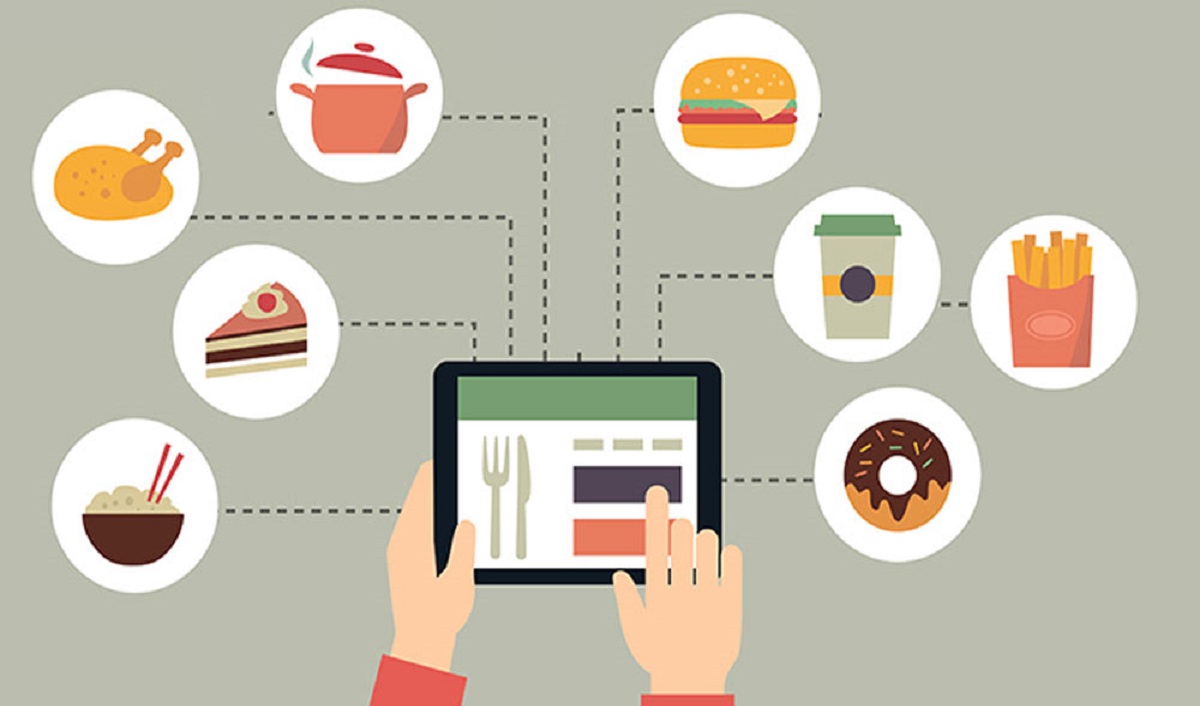
In the post-Covid era, people are still sceptical about stepping out, touching unsanitized stuff or currency notes. It won't be wrong to say…

The design of this dining space seamlessly puts forth Indian culture in a modern design tone, showcasing the traditional schematic approach and rich…

At Ishaara, the team employs amazing and full-of-life, almost bursting at the seams, People with Speech and Hearing Impairment as service associates.

But, a lot changed after the pandemic hit, with malls being closed due to virus spread to reducing the footfall capacity, restaurants started facing…

Prices at limited-service restaurants, meaning fast food and fast-casual, rose 7.1 percent compared to last October, according to new data released…

With more people now coming to Goa, the vibrant restaurant business will pick up sharply with high demand for its multi-cuisine culture in post-…

However, as far as a strict dress code is concerned, maybe it's time to evolve. But, for many, it's a long road ahead. So how do the…
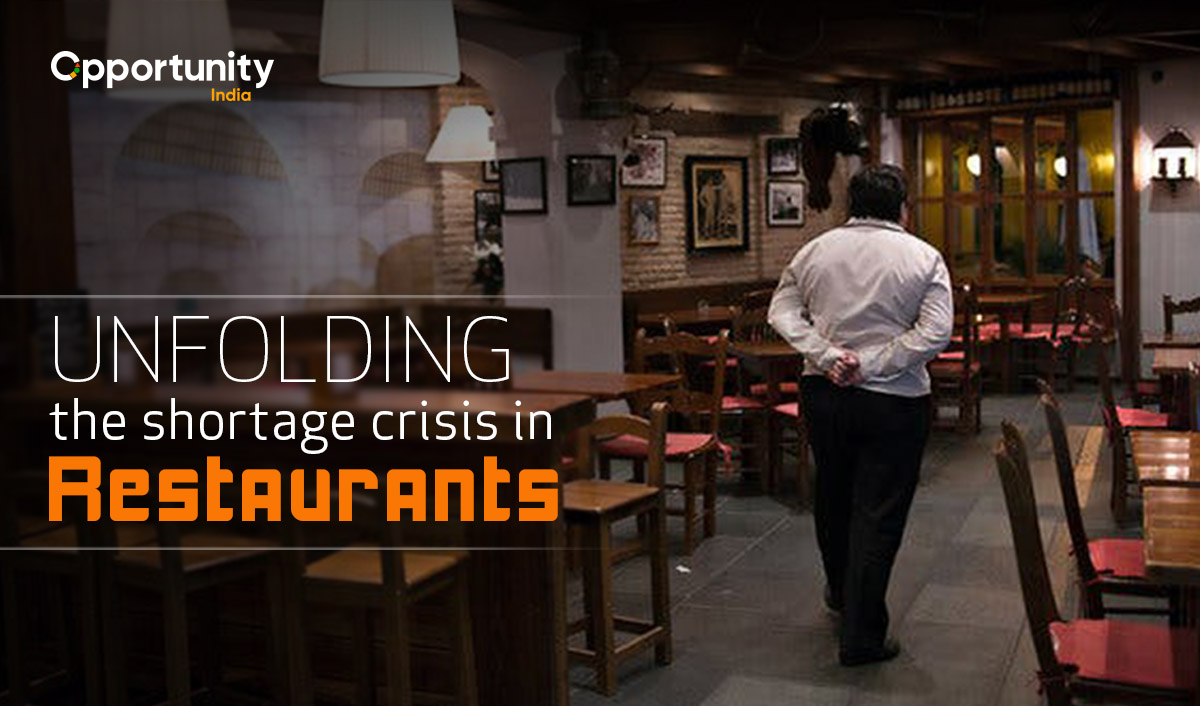
New restaurants, even from the most seasoned operators, have pushed their opening dates back further and further, as they wait for lumber and other…

With mostly everybody now vaccinated, people have started moving out freely where they want to explore and such pop-up menus are a great way to get…
Copyright © 2009 - 2026 Restaurant India.








